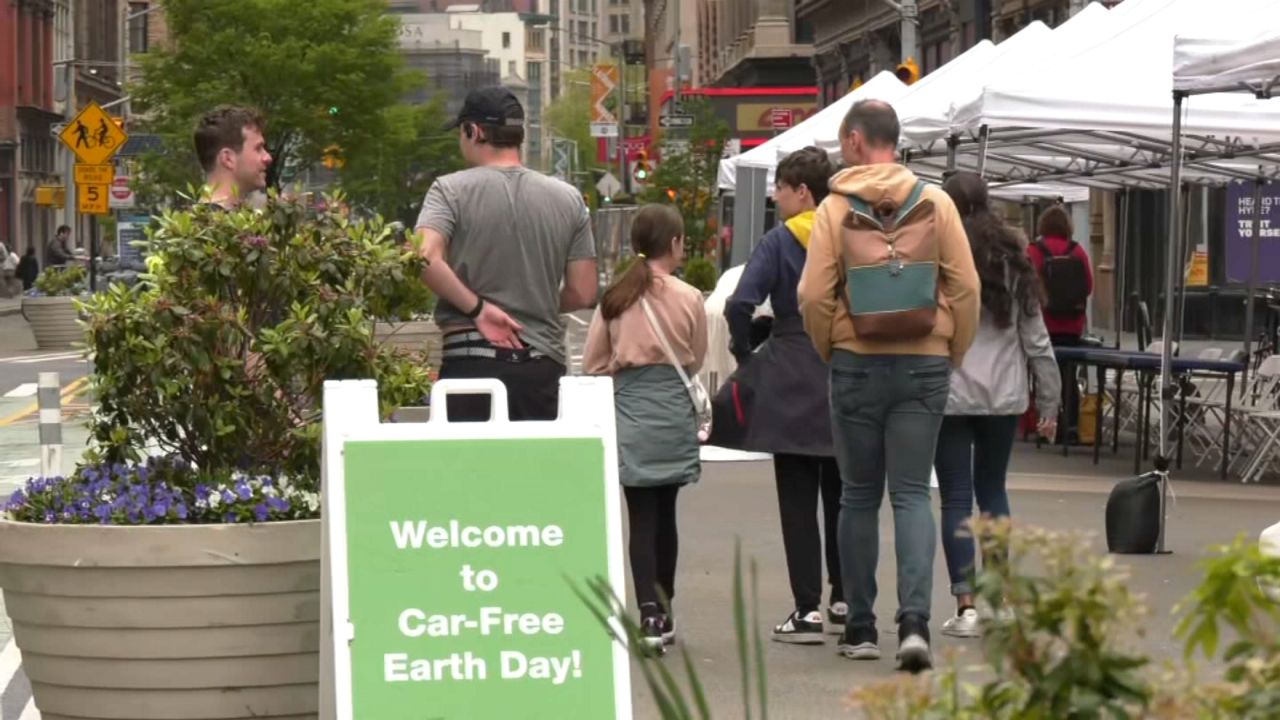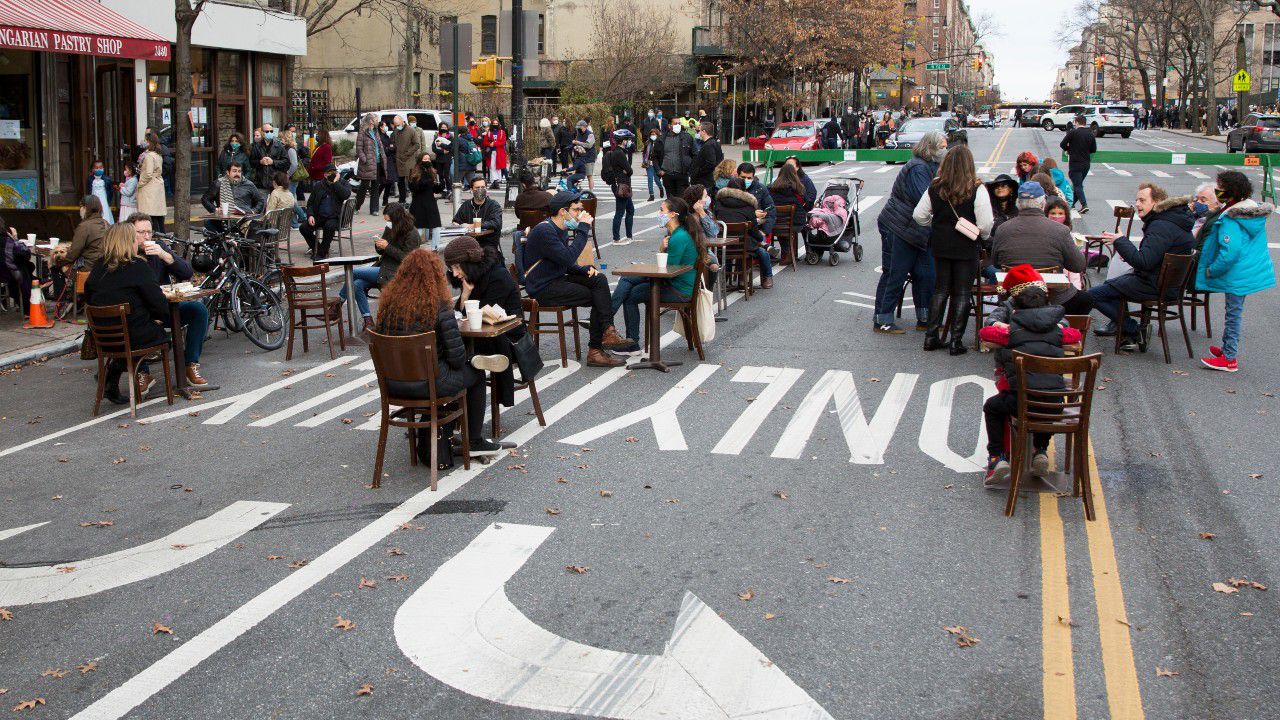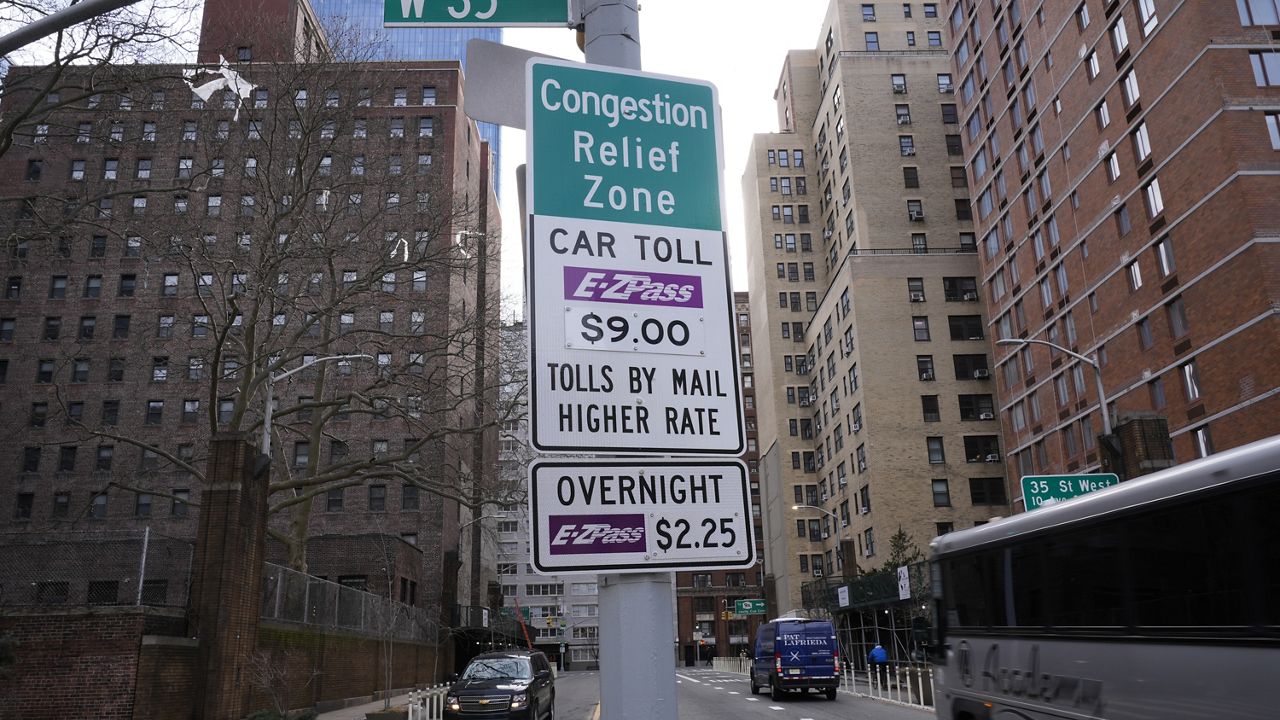The city’s Department of Transportation announced 12 locations throughout the city to participate in new technology in an effort to make street improvements.
“We’re using new technologies to learn about the behaviors of cyclist, pedestrians, how they use the side walks,” said Ydanis Rodriguez, DOT commissioner.
Twelve locations were selected along busy corridors in Brooklyn, Queens, Manhattan and the Bronx.
The street activity sensors will count modes of travel in real time — measuring speed, counting turns and detecting near-misses.
What You Need To Know
- The Department of Transportation is testing a new technology aimed at improving street safety by measuring transportation uses
- The street activity sensors are replacing manual traffic counts and are currently stationed on select light posts
- Twelve locations have been selected along busy corridors in Brooklyn, Queens, Manhattan and the Bronx. The sensors will be able to count modes of travel in real time — measuring speed, counting turns and detecting near-misses
- The department said the pilot program prioritizes privacy and the protection of personal identifying information
The Department of Transportation says it’s replacing time-consuming manual traffic counters.
The data collected from these sensors are to allow the agency to prioritize projects in the city that need the most improvements.
“Our commitment is to use those information to be sure that when we keep planning the future of NYC, especially around building more space for pedestrians to walk and cyclists to ride their bike in a safe way,” said Rodríguez.
Some residents say they like the idea given how hectic traffic in areas like this can be.
“I’ve seen a couple of close calls in terms of turns and people and definitely with the bicyclists,” said Grace Mehr, a city resident.
“I think it’s nicer to know what streets are busier than others and then we can intervene better,” said Laura Lou, a city resident.
Others that spoke with NY1 say they are skeptical and have their own opinion about what these sensors may be for.
Although the department said the pilot program prioritizes privacy and the protection of personal identifying information, thoughts on the subject are mixed.
“I’m suspicious of being watched. I don’t necessarily think it’s for my benefit,” said Zev Skyborn.
“I wouldn’t be concerned about them taking my information. I don’t know how much they could take if I’m just on a walk or something. But if the goal is to make it safer and they can see how things workout that wouldn’t be my main concern,” said Mehr.
The department says all data sets collected will be available at the end of the pilot through NYC Open Data.


%20DOT%20Street%20Designs%20PKG%20CC?wid=320&hei=180&$wide-bg$)




